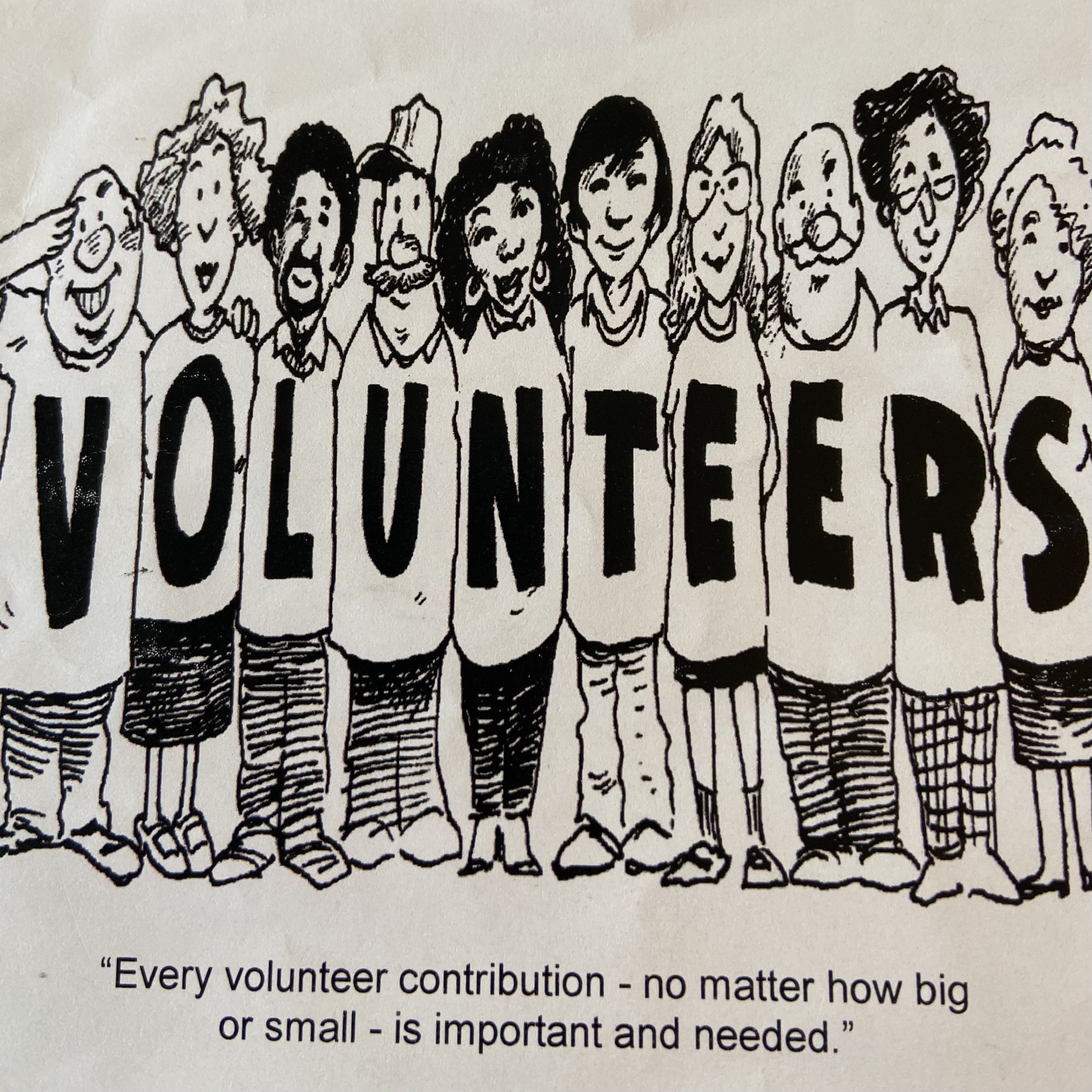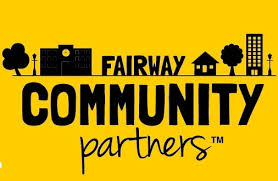Know your heritage, Oak Bay
Celebrating the Life of Donald Carnarvon:
founder of Oak Bay
If you care about our community and history, you should be familiar with the legacy of Donald L.J. Carnarvan. Few people have had as much influence on our city’s rich culture as its true founder, and yet many of today’s youth don’t even know his name. While Oak Bay has existed as a municipality since its incorporation in 1906, it wasn’t until Donald Carnarvan threw his first bowl on the sacred pitch that it officially entered its golden age.
Not much is known about Donald’s early years, other than what has been gleaned through a series of somewhat dubious accounts. The official documents surrounding his birth were lost in the blazing inferno that destroyed the old Oak Bay Hospital, but those who knew Donald’s late family claimed he was born horribly disfigured. Donald never let these deformities hold him back, however, and he went on to live a rich life that left a lasting mark on his community. Many say that through his actions, he altered the spirit of Oak Bay forever.
As follows is a biography based on journal entries and newspaper clippings from his time.
Donald L.J. Carnarvan, son of Leonard F. Carnarvan and Elizabeth K. Carnarvan, was born on December 25, 1922. Elizabeth tragically died in childbirth while delivering the abnormally large child. Though few records of Donald’s parents exist, it has been speculated by historians that Elizabeth’s time working in the radium factory as one of Victoria’s first “radium girls” lead to Donald’s physical deformities in utero. In 1946, retired nurse Nelly Fitzgerald described the graphic account of his birth. We advise readers that while Mrs. Fitzgerald was eager to divulge this information, it came out during her testimony at her own trial for criminal malpractice (which ultimately led to her commitment in St. Margaret’s Asylum for the Criminally Insane, where she remained until her death in 1955). Her account of Donald’s birth is as follows:
That boy, that REDACTED boy. He was huge. 18 and a half bloody pounds, and I reckon at least half of that was in the shoulders! I swear on my maiden name, he was the first child to ever deliver himself. We quickly realized that the infant was lodged in his mother’s birth canal, requiring the use of forceps to make his way out. We thought he’d be too big, but he clawed his way out. His hands weren’t really hands. More like claws than anything. And when we tried to grab him with the forceps, he hoisted himself out. I remember the horror of it to this day. I can recall gasping at the pair of lobster-like claws gripping the metal bar, followed shortly by a heaving ripple of trapezius that put Hoifey Bovine¹ to shame. I can still see it: the sight of him doing his little pull up as he hung on with his lobster hands; the rippling mountain of deltoids ripping through that poor woman’s REDACTED as he shot himself into this world. I see the way you’re looking at me, but you’d say the same if you’d have seen him. You’ve seen the cursed portrait, you’ve heard the stories. I said it then and I’ll say it again now, REDACTED REDACTED REDACTED.”
¹ The then reigning ‘Shoulder Wrestler Supreme’
Needless to say, Mrs. Fitzgerald’s account of the boy’s birth is less than reliable. She was rumoured to heavily abuse narcotics and had gone, medically speaking, quite insane by the time she gave this testimony. Nevertheless, she was the only living person to ever speak openly of Donald’s birth and the tragic death of his mother, and for that reason we saw it fit to include her story here.
Arguably more tragic was the fate of the boy’s father, Leonard. Upon learning of his beloved wife’s death and seeing the twisted wretch of his newborn son, Leonard drowned himself in Gonzales Bay, thereby rendering poor Donald Carnarvan an orphan.
With nowhere for Donald to go, Bishop Edward Cridge welcomed the newborn boy into the Protestant Orphan's Home (now known as the Cridge Center for the Family). Donald was given all the amenities a growing child needed. Sadly, these amenities were not enough to counter his harsh treatment from other children, who saw Donald as an outsider.
In spite of young Donald’s hardships, Bishop Edward Cridge took a shining to the boy, recounting:
“He had a rather inauspicious start to life, poor boy. That wretched little lad, wee Donald, was unable to walk the traditional way until age four, owing to the abnormal growth rate of his arms (which caused his fingers to dangle half a foot beyond his feet). Rather, he toddled about on his hands: an act that no doubt further developed his overgrown deltoids. Although a miraculous growth spurt eventually allowed Donald’s feet to touch the ground, just in time for kindergarten, his proportions remained highly bizarre. He was always a target for the other children’s infinite cruelty, poor thing. I shudder to recall the names they called him.
“Squiglet McLumpy Legs”
“Dick Fingers”
“Chunky fungus face”
“Turbo-Turd Lobster Boy”
And those were just some of the insults lobbed at him. As little Donald looked around (something I seem to recall him doing constantly - the poor child’s eyes pointed in different directions), he knew he’d never fit in.”
However, not all accounts of young Donald’s upbringing were quite so flattering. Mary Cridge, the Bishop’s wife, recalled how the alienated child found comfort in cradling a rubber ball, which he could toss with the strength of a fully-grown adult. She told of an unfortunate incident, which occurred when the other children attempted to snatch Donald’s precious ball away from him. Several youths were taken to the hospital after the ensuing fracas, which later became known as “the dead bowl.”
Alas, Donald would never fit in; rather, he was destined, nay, designed, for greatness. By September 1933, the young boy had enrolled at Monterey Middle School, which, as any pure blooded Victorian ought to know, is famous for its Lawn Bowling team. Unfortunately, despite its lofty reputation, the team had suffered a recent drought of talent, facing loss after loss until it had become a greater laughing stock than poor Donald himself. Despite his best efforts, Captain Dweedle seemed unable to whip his players into shape.
It was during one of these lunchtime lawn-bowling practices that Donald found himself eye-to-eyes with Coach Dweedle. You see, Donald enjoyed spending his lunch hours racing around the school field, catching butterflies in his mitten-like hands. That day, unaware of where he was headed, Donald found himself smack dab in the middle of the game.
“Get off our field, you bulbous backed bulge!” chided the team captain.
That was it. Years of torment welled up in Donald’s disfigured chest, and unleashed itself in a rapid attack. Before he had time to think, Donald picked up a lawn bowling ball and hurled it at the captain, causing the captain to flee the scene. When Donald turned to apologize to the coach, he was shocked to see Dweedle’s lips curled into a smile.
“Young man, that was the finest lawn bowling form I’ve seen in my 84 years of leading this team. I don’t know if it is your foot-long forefinger or your mountainous shoulders, but sonny, you’ve got what it takes to be a star. Won’t you guide our team tonight?”
.Donald Carnarvan went on to have a distinguished career as one of the greatest lawn bowlers to ever live. He led the Oak Bay team to victory for 16 years straight. In
In the years immediately following Donald’s disappearance, legions of fans flocked to Carnarvon Tower to pay tribute to their hero’s portrait. Sadly, those numbers have dwindled in recent years, and today it seems that only passing degenerates pay the illustrious painting any notice at all. Nevertheless, legend has it that Donald still remains cloistered in this tower, withered, wrinkled, and of loathsome visage; meanwhile the building’s exterior boasts his splendid portrait, in all the wonder of his youth and beauty.
About Us

Our club's main activities are outdoor (lawn) bowling in the summer and indoor (short mat) bowling in the winter, but we also offer a variety of activities for bowlers and non-bowlers alike.
There are no better words than those of our 200+ members to tell you about our club and what we can offer. They tell us they enjoy:
- - Year-round daily club activities;
- - Welcoming, friendly and relaxing atmosphere;
- - Great camaraderie with members;
- - Fun and exciting place;
- - Two beautiful greens and two club houses (one is licensed);
- - Two short mat bowls rinks for off-season play;
- - Coaches dedicated to new members;
- - Bowls available for beginners;
- - Family and friends coming to our Visitors Night every Friday during summer – and it’s free!
COME BOWL WITH US
Latest News & Photos

NEWS UPDATES
Oak Bay takes first and second in the Dogwood

Oak Bay player going to the 2022 Nationals

2022 BSI Silver Tray at Oak Bay June 28-29

Upcoming Events

Fairway Community Card

We have now signed up for the Fairway Community Card program. There is no annual limit on the funds that can be raised with this card. We have set a target of $5,000.
Contact Mary Magill for your Fairway Community Card.
Discovery Tours
When you book a tour, advise Senior Discovery Tours that you are a member of OBLBC and the club will receive a rebate equal to 4% of the trip. To date we have received $628.04.
The company offers a good variety of different types of trips all over the world. The trips are all-inclusive: airfare, hotels, meals, gratuities, baggage handling and medical insurance, and are for travelers aged 50 and over. See their website, www.seniordiscoverytours.ca, for more information.
is OPEN
is OPEN
is CLOSED
is CLOSED
Copyright © 2022 · Legacy Child Theme on Genesis Framework · WordPress · Log in

















